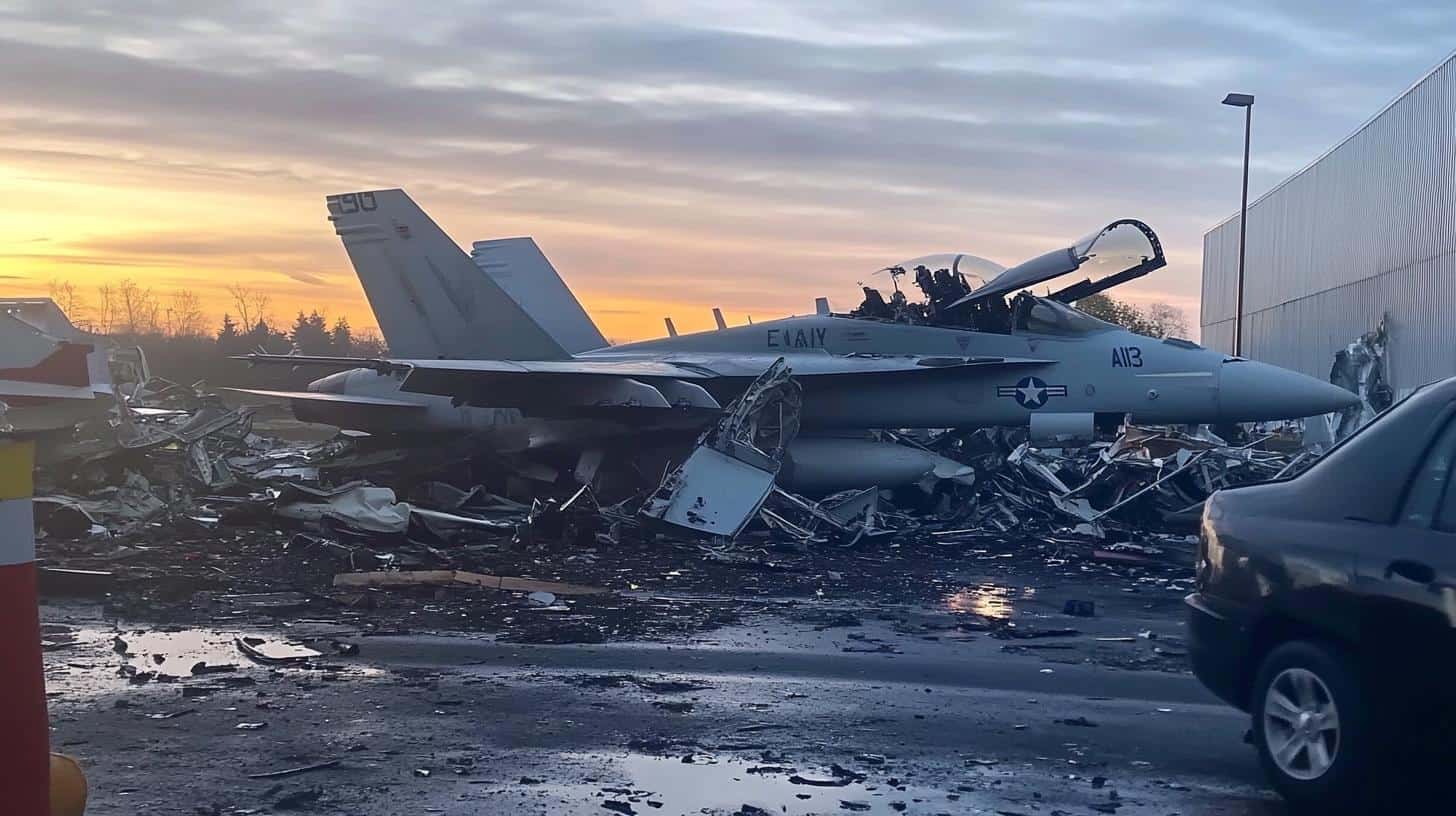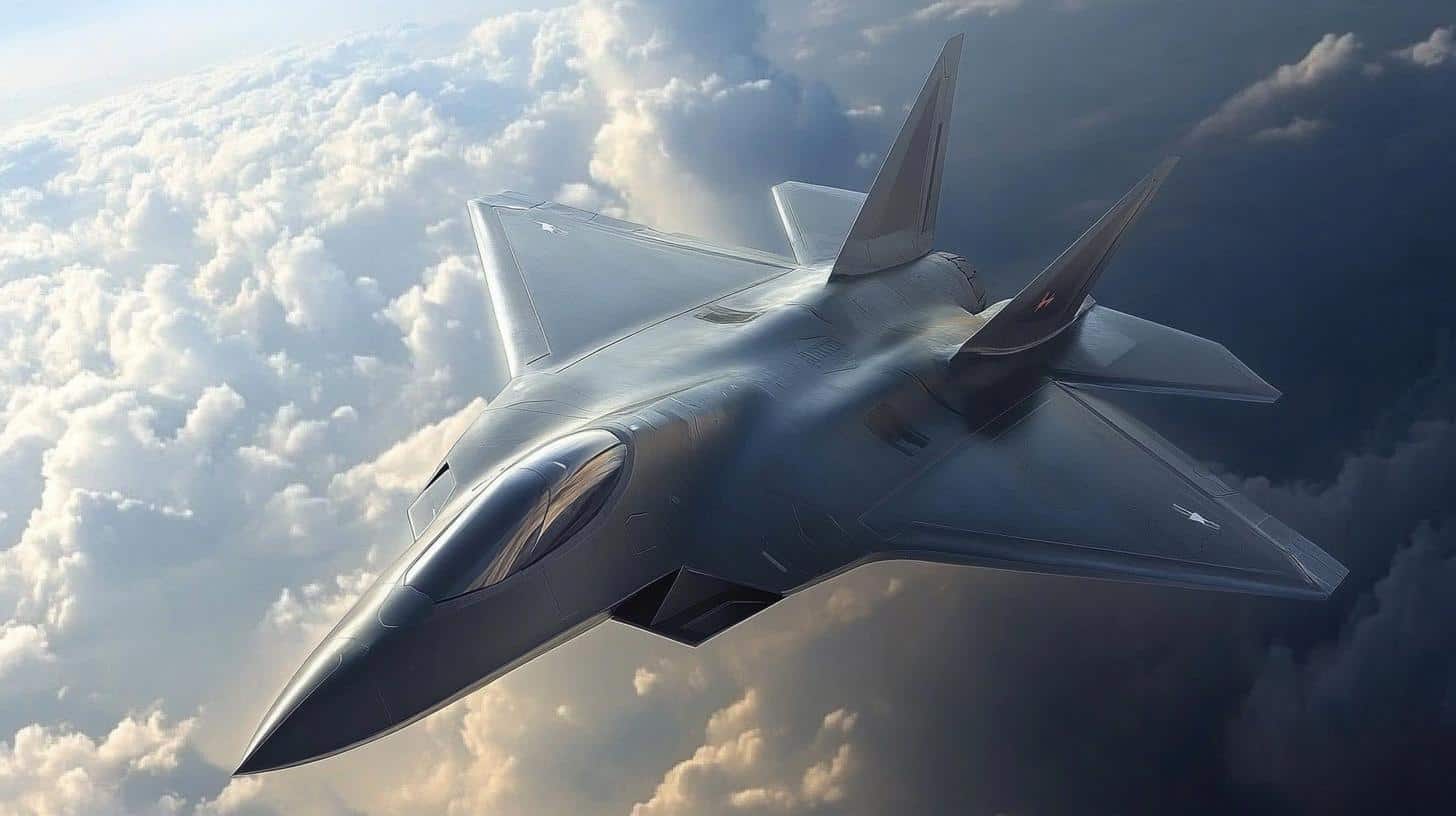Strengthening India’s Naval Arsenal
India is on the brink of a transformative defense agreement with France set to redefine its naval capabilities. Expected to be finalized by January 2025, this deal includes the procurement of 26 Rafale-M naval fighter jets and the construction of three Scorpene-class submarines. This strategic move is poised to bolster India’s seafaring strength amid growing security dynamics in the Indo-Pacific region.
Admiral Dinesh K. Tripathi, the Indian Navy’s Chief, disclosed that the agreement with France is nearing completion. This partnership represents a critical step in India’s naval modernization journey, essential for maintaining balance in the Indian Ocean.
Advanced Fighter Jets for Maritime Superiority
The Rafale-M jets, tailored for naval operations, are set to operate from the aircraft carrier INS Vikrant. These aircraft boast a robust design suited for carrier operations, high-speed engines, and advanced weaponry, significantly enhancing India’s maritime projection capabilities.
Expanding Underwater Strength
Furthermore, the introduction of three new Scorpene-class submarines will augment India’s underwater fleet. Built at Mumbai’s Mazagon Dock Limited, these submarines incorporate advanced stealth, extended endurance, and comprehensive combat systems, aligning with India’s strategy to address maritime threats.
Strategic Implications and Technological Collaboration
This substantial upgrade in naval power shifts the strategic landscape of the Indo-Pacific. The enhanced capabilities serve as a counterbalance to China’s maritime activities and secure crucial sea routes. The deal also fosters industrial collaboration with France, enhancing India’s domestic defense manufacturing through technology transfer and increased local content.
As India advances its naval arsenal, the nation is set to play a pivotal role in regional stability, reaffirming its position as a formidable maritime force.
India’s Boost in Naval Power: What You Need to Know
India’s anticipated defense agreement with France marks a significant milestone in the enhancement of its naval capabilities, expected to be finalized by January 2025. This strategic move involves acquiring 26 Rafale-M naval fighter jets and constructing three Scorpene-class submarines, positioning India as a key maritime player in the Indo-Pacific region.
Features and Advantages of Rafale-M Jets
The Rafale-M jets are specifically designed for naval warfare, capable of taking off from aircraft carriers like the INS Vikrant. These aircraft feature high-speed engines and sophisticated weaponry, designed to handle the stress of carrier-based operations. With these jets, India is set to enhance its maritime superiority, ensuring effective response capabilities in regional waters.
Innovations in Submarine Technology
The addition of three new Scorpene-class submarines is expected to substantially strengthen India’s underwater combat prowess. Crafted at Mazagon Dock Limited in Mumbai, these modern submarines boast advanced stealth features, extended endurance, and versatile combat systems. This development aligns with India’s strategy to counter maritime threats and secure its interests under the sea.
Strategic Collaborations and Economic Boost
This defense agreement further deepens technological collaboration between India and France, promoting industrial synergy and fostering local defense manufacturing. The technology transfer and increased local content are expected to boost India’s domestic defense industry, creating jobs and spurring economic growth. This relationship also helps India balance power dynamics in the increasingly competitive Indo-Pacific region.
Market Trends and Future Predictions
As India modernizes its navy, market analysis reveals a trend towards increased investment in defense technologies and regional partnerships. Analysts predict that India’s strengthened naval capabilities could influence military trends in the region, encouraging similar investments by neighboring countries. The focus on indigenization and local production is expected to continue, with India possibly emerging as a hub for manufacturing specialized defense equipment.
In conclusion, this defense agreement not only upgrades India’s naval arsenal but also reinforces its strategic position in the Indo-Pacific, making it a pivotal player in regional security and stability. As these advancements unfold, India is set to reaffirm its status as a leading maritime force.
















